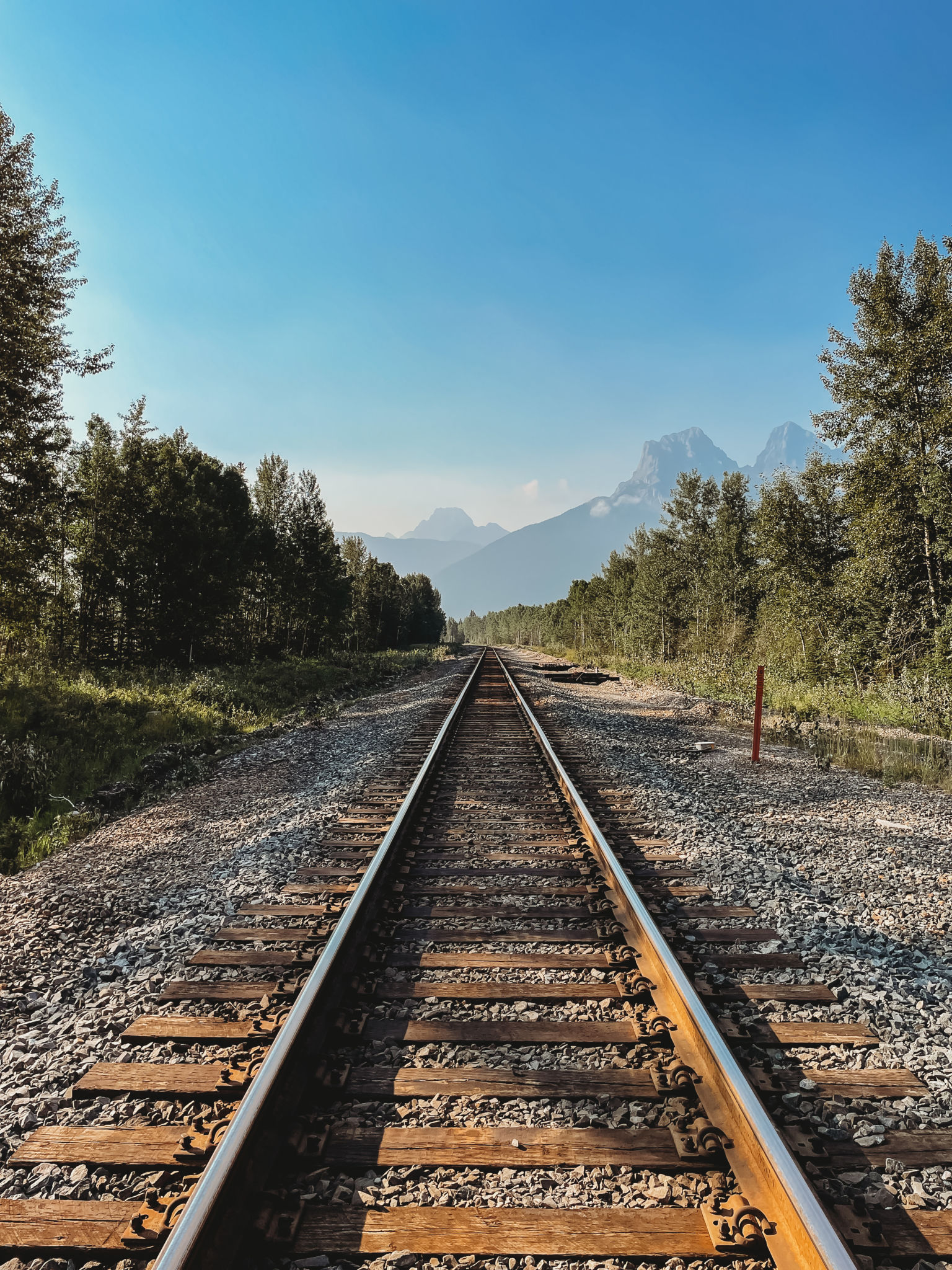Top 5 Seasonal Tips for Maintaining Railroad Tracks in Pulaski County
Understanding Seasonal Challenges
Maintaining railroad tracks in Pulaski County can be a challenging task, especially with the changing seasons. Each season brings its own set of challenges that can affect the integrity and safety of the tracks. From temperature fluctuations to increased precipitation, it's crucial to be proactive in addressing these issues to ensure efficient and safe railroad operations.
Proactive maintenance not only extends the life of the tracks but also reduces the risk of accidents and delays. Here are the top five seasonal tips for maintaining railroad tracks effectively.

Spring: Addressing Water Drainage Issues
Spring in Pulaski County often brings a considerable amount of rainfall, which can lead to water drainage issues. It's important to ensure that all drainage systems along the tracks are clear and functioning properly to prevent water accumulation. Standing water can weaken the track foundation and cause long-term damage.
Regular inspections during this season can help identify potential problem areas early. Clearing debris and maintaining proper ditching and culverts will enhance water flow and reduce the risk of track instability.
Summer: Managing Heat Expansion
As temperatures rise during the summer months, the metal components of railroad tracks can expand. This thermal expansion can lead to track buckling if not properly managed. To mitigate this, it's essential to monitor track temperatures and adjust rail stress accordingly.
Utilizing heat-resistant materials during repairs and installations can also help manage expansion. Additionally, scheduling regular maintenance checks during cooler parts of the day can prevent excessive heat exposure to workers and equipment.

Fall: Preventing Leaf Build-Up
In the fall, leaves from surrounding trees can accumulate on the tracks, causing slippery conditions that affect train braking systems. To prevent this, regular clearing of leaves from tracks and surrounding areas is necessary. Using specific rail cleaning equipment can efficiently remove leaf debris.
Implementing a leaf management plan that includes frequent monitoring and removal can significantly reduce risks associated with leaf build-up. It’s also beneficial to trim trees and vegetation near tracks to minimize future accumulation.
Winter: Tackling Snow and Ice
Winter brings snow and ice, which can severely disrupt rail operations. It's crucial to have snow removal strategies in place, such as deploying snow plows and heaters to keep tracks clear. Ice accumulation on tracks should be addressed promptly to prevent derailments.

Using anti-icing agents and monitoring weather conditions closely allows for timely interventions. Additionally, ensuring that switches and signals are winter-ready will help maintain operational efficiency during harsh weather conditions.
Year-Round: Regular Inspections and Maintenance
While each season presents unique challenges, maintaining railroad tracks in Pulaski County requires consistent year-round attention. Regular inspections are key to identifying wear and tear before they become critical issues. Implementing a comprehensive maintenance schedule ensures that all aspects of track upkeep are covered throughout the year.
Training maintenance crews on seasonal challenges and equipping them with the right tools will further enhance track reliability and safety. By following these seasonal tips, railroads in Pulaski County can continue to operate smoothly regardless of the time of year.
